White Balsamic Vinegar, a culinary secret weapon, is known for its ability to elevate a dish from ordinary to extraordinary. This versatile ingredient, with its unique flavor profile and myriad uses, is a must-have in every kitchen. In this comprehensive guide, we delve into the world of White Balsamic Vinegar, exploring its origins, the process of making it, its potential substitutes, its various applications in cooking, and where you can buy it to add to your pantry. Whether you're a seasoned chef or a home cook, join us as we unravel the mysteries of this wonderful condiment.
What is White Balsamic Vinegar?
White Balsamic Vinegar is a variant of the traditional Balsamic Vinegar, known for its light color and slightly less sweet flavor.Like the traditional Balsamic Vinegars of Modena, white balsamic vinegar is made from cooking down the must of grapes. Unlike the traditional Balsamic Vinegars, though, only Trebbiano white grapes are used -- Lambrusco grapes are not used as they give color to the vinegar. The grapes are cooked at a low temperature at a high pressure to prevent carmelization, giving the must a translucent appearance. The must is then aged in stainless steel vats, which, unlike the traditional wooden barrels used do not color the balsamic. The result is a clean, crisp, and subtly sweet flavor whose light color makes it a preferred choice for dishes where color integrity is important. From dressings to marinades, White Balsamic Vinegar adds a depth of flavor that transforms the flavor of a dish without altering its appearance.
How to Make White Balsamic Vinegar
Making White Balsamic Vinegar is an art that has been perfected over centuries. The process begins with the selection of only the highest quality Trebbiano grapes. The grapes are crushed to extract the juices, resulting in a translucent white grape must, which is then simmered for hours at a low temperature in a high pressure cooker to ensure that the carmelization does not take place. The resulting liquid is mixed with white wine vinegar and aged in Ashwood barrels, allowing the unique flavor profile of the White Balsamic Vinegar to continue to develop. The aging process can last anywhere from a few months to several years; at Taycte, our White Balsamic Vinegars are aged a minimum of five years to ensure maximum quality. When the resulting White Balsamic Vinegar is bottled, the resulting condiment is ready to elevate your dishes both aesthetically and
What Can be Substituted for White Balsamic Vinegar?
While White Balsamic Vinegar has a unique flavor, there are several substitutes available if you find yourself in a pinch. Apple cider vinegar or white wine vinegar mixed with a bit of sugar can mimic some of its sweet and tangy flavor. Rice vinegar, while slightly milder, can also serve as a substitute in most recipes. If the color of the dish isn't a concern, traditional balsamic vinegar is the best substitute -- the flavor profile is extremely close, and there is no need to add additional sugars. Remember, the key to a successful substitution is to start with a small amount and adjust according to your taste.

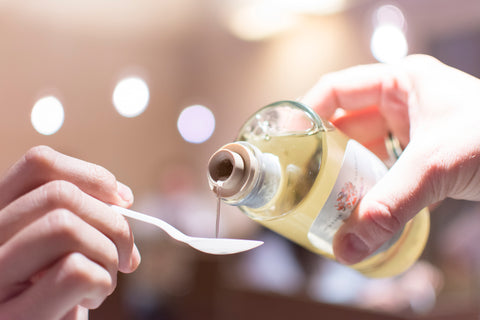
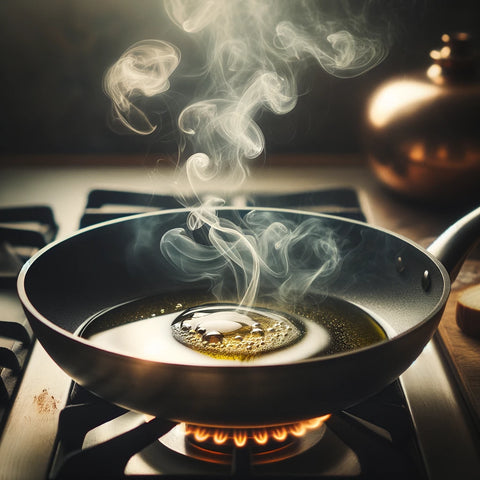

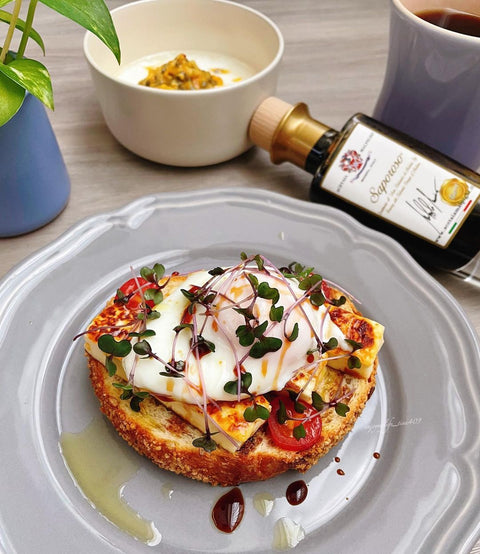
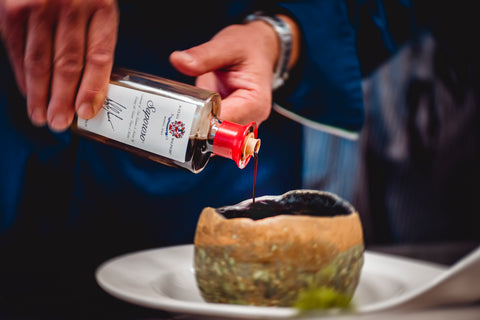
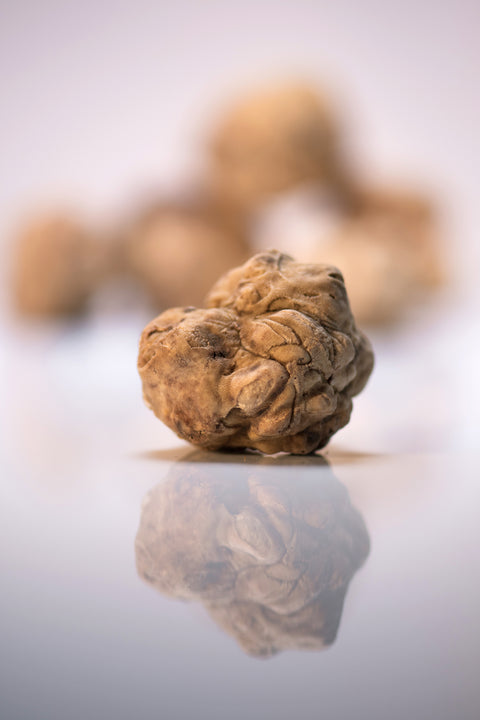
Comments (0)
There are no comments for this article. Be the first one to leave a message!